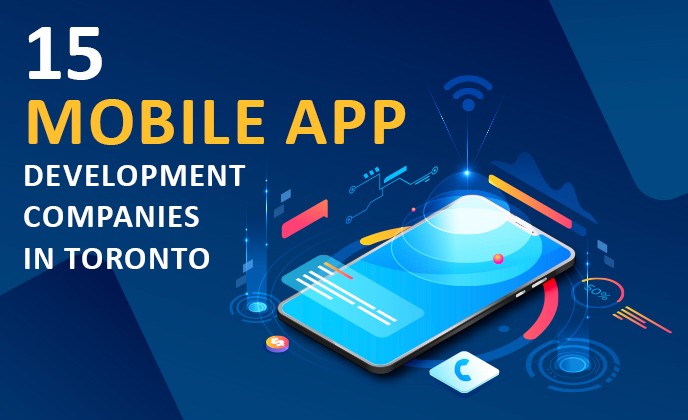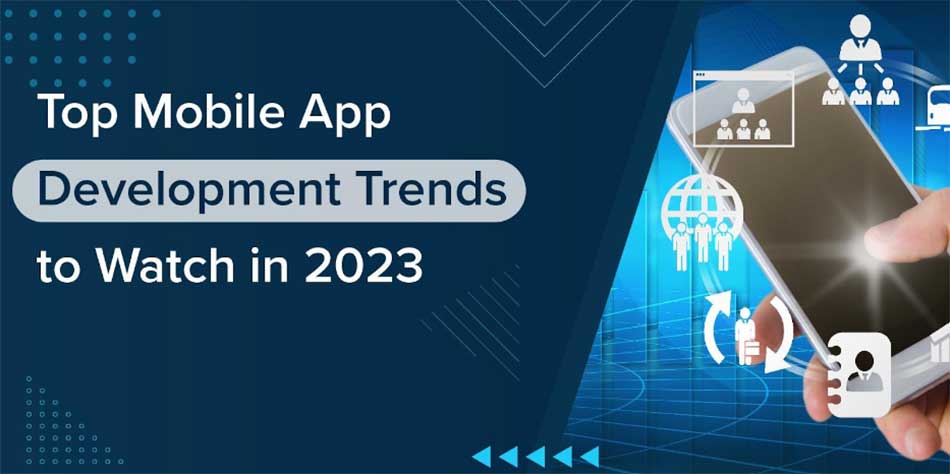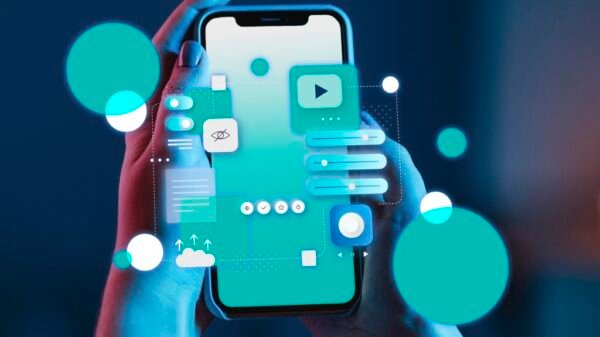Mobile App Development Cost: A Comprehensive Guide In the ever-evolving landscape of technology, mobile applications have become an integral part of our daily lives. From social networking to e-commerce, education to entertainment, mobile apps cater to various needs and interests of users worldwide. However, behind every successful mobile application lies a significant consideration: cost.
Understanding the intricacies of mobile app development cost is crucial for businesses and entrepreneurs venturing into the digital realm. In this comprehensive guide, we delve into the various factors that influence mobile app development costs, strategies to optimize expenses, and industry trends shaping the pricing dynamics.
Understanding Mobile App Development Costs
Mobile app development costs vary significantly based on several factors, including the app’s complexity, features, platform compatibility, design requirements, and the development team’s expertise. Generally, mobile app development costs can be categorized into the following components:
- Pre-Development Expenses: This phase involves market research, conceptualization, wireframing, and prototyping. Pre-development expenses contribute to laying a solid foundation for the app and understanding user needs and preferences. These costs may vary depending on the extent of research and analysis required.
- Development Costs: Development costs encompass the actual coding, programming, and integration of features and functionalities into the mobile application. Factors such as platform (iOS, Android, or cross-platform), technology stack, API integrations, and third-party services influence development expenses.
- Design Costs: The visual appeal and user experience (UX) design significantly impact an app’s success. Design costs cover UI/UX design, graphic elements, branding, animations, and user interface testing. High-quality design enhances user engagement and retention but may incur additional expenses.
- Testing and Quality Assurance (QA): Testing is a crucial phase to identify and rectify bugs, glitches, and performance issues. QA expenses include manual and automated testing, device compatibility testing, security testing, and user acceptance testing (UAT). Investing in thorough testing ensures a seamless user experience and reduces long-term maintenance costs.
- Post-Development Expenses: Post-development costs include app deployment, submission to app stores (e.g., Apple App Store, Google Play Store), ongoing maintenance, updates, and technical support. Continuous optimization and feature enhancements are essential for staying competitive and meeting evolving user demands.

Factors Influencing Mobile App Development Costs
Several key factors influence mobile app development costs, including:
- App Complexity: The complexity of features and functionalities significantly impacts development costs. Simple apps with basic features (e.g., calculator, flashlight) require less time and resources compared to complex apps with advanced functionalities (e.g., e-commerce platforms, social networking apps).
- Platform Compatibility: Developing apps for multiple platforms (iOS, Android, web) increases development costs due to platform-specific requirements and coding nuances. Cross-platform development frameworks (e.g., React Native, Flutter) offer cost-effective solutions for targeting multiple platforms simultaneously.
- Customization and Integration: Integrating custom features, APIs, third-party services (e.g., payment gateways, geolocation services), and backend infrastructure increases development complexity and costs. Customization requirements should be carefully evaluated to balance functionality and budget constraints.
- Design Complexity: Visually appealing designs and intuitive user interfaces enhance user engagement but may require additional design efforts and incur higher costs. Custom animations, transitions, and multimedia elements contribute to design complexity and should be aligned with user experience objectives.
- Development Team Composition: The composition of the development team, including project managers, developers, designers, and QA engineers, influences development costs. Rates vary based on geographical location, experience level, and skill set. Offshore development teams often offer cost-effective solutions compared to in-house or local agencies.
- Legal and Regulatory Compliance: Ensuring compliance with data privacy regulations (e.g., GDPR, CCPA), security standards, and industry-specific guidelines adds overhead costs to app development. Legal consultation, data encryption, and compliance audits are essential considerations for mitigating legal risks.
- Market Demand and Competition: Market demand, industry trends, and competitive landscape influence pricing dynamics and resource availability. Niche markets and emerging technologies may entail higher development costs due to limited expertise and specialized requirements.

Strategies to Optimize Mobile App Development Costs
While mobile app development costs are inevitable, several strategies can help optimize expenses and maximize return on investment (ROI):
- Define Clear Objectives: Establish clear objectives, target audience demographics, and key performance indicators (KPIs) to align development efforts with business goals. Prioritize essential features and functionalities to minimize scope creep and development overhead.
- Choose the Right Development Approach: Evaluate the pros and cons of native, cross-platform, and hybrid app development approaches based on project requirements, performance considerations, and budget constraints. Cross-platform frameworks offer cost-effective solutions for reaching a broader audience with shared codebase and faster time-to-market.
- Iterative Development and MVP Approach: Adopt an iterative development approach and build a Minimum Viable Product (MVP) to validate concepts, gather user feedback, and iterate based on market insights. MVP development allows for incremental feature enhancements and cost-effective validation of product-market fit.
- Outsource Non-Core Activities: Outsource non-core activities such as UI/UX design, QA testing, and backend development to specialized service providers or offshore teams to leverage cost advantages and access domain expertise. Partnering with reliable vendors streamlines development workflows and reduces overhead costs.
- Embrace Open-Source Technologies: Leverage open-source libraries, frameworks, and development tools to accelerate development cycles, reduce licensing fees, and minimize dependency on proprietary solutions. Open-source communities foster collaboration, innovation, and knowledge sharing across the development ecosystem.
- Optimize Resource Allocation and Time Management: Efficient resource allocation, task prioritization, and project management practices are essential for optimizing development costs and meeting project milestones. Utilize project management tools, agile methodologies, and communication channels to facilitate transparency and collaboration among team members.
- Monitor and Analyze Cost Metrics: Track and analyze key cost metrics, including development hours, resource utilization, and expenditure against budgetary allocations. Regular monitoring enables proactive cost management, early identification of budget deviations, and informed decision-making to mitigate financial risks.

Emerging Trends in Mobile App Development Costs
The mobile app development landscape continues to evolve, driven by technological advancements, consumer preferences, and industry trends. Several emerging trends are shaping mobile app development costs:
- Augmented Reality (AR) and Virtual Reality (VR): The integration of AR and VR technologies into mobile apps offers immersive user experiences across gaming, retail, education, and healthcare sectors. However, developing AR/VR-enabled apps entails higher development costs due to specialized hardware requirements and advanced programming skills.
- Artificial Intelligence (AI) and Machine Learning (ML): AI-powered apps leverage machine learning algorithms, natural language processing (NLP), and predictive analytics to deliver personalized recommendations, chatbots, virtual assistants, and predictive analytics. Implementing AI/ML capabilities requires expertise in data science, algorithm development, and model training, contributing to development costs.
- Blockchain and Cryptocurrency Integration: Blockchain technology enables secure transactions, decentralized applications (DApps), digital asset management, and smart contracts within mobile apps. Integrating blockchain and cryptocurrency functionalities requires understanding of cryptographic principles, consensus mechanisms, and blockchain protocols, leading to higher development costs.
- Internet of Things (IoT) Integration: IoT-enabled apps connect smartphones with smart devices, wearables, and IoT sensors to enable remote monitoring, data





























































